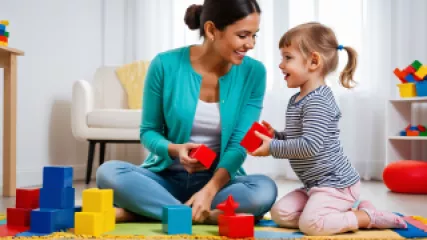Unveiling the Secrets of Personal Power in Psychology: An Exclusive Interview
1 year ago
Personal Power in Psychology
Mastering Daily Gratitude Practices: Your Ultimate Guide
1 year ago
Daily Gratitude Practices
How to Recognize and Cope with Friendship Problems
1 year ago
Friendship Psychology
Declutter Your Space: A Step-by-Step Guide to Addressing Clutter-Induced Stress
1 year ago
Psychology of Clutter
Breaking Free: My Journey to Conquer Social Awkwardness
1 year ago
Overcoming Shyness
The Benefits of Parent-Child Therapy Sessions in Play Therapy
1 year ago
Play Therapy
Embracing Change: My Perspective on Managing Transitions
1 year ago
Managing Transitions
Top 10 Books for Understanding Emotional Neglect Recovery Program
1 year ago
Understanding Emotional Neglect
Top 10 Inspiring Recovery Stories from Disordered Eating
1 year ago
Disordered Eating
Effective Strategies for Handling Envy: A Step-by-Step Guide
1 year ago
Dealing with Envy
Overcoming Obstacles: My Journey to Behavioral Change
1 year ago
Behavioral Change
Top 10 Surprising Psychology of Decision Making Insights
1 year ago
Psychology of Decision Making
Top 10 Spiritual Practices for Mental Health Tools
1 year ago
Spirituality and Mental Health
Uncovering the Power of Body Language Exercises
1 year ago
Body Language Basics
How can mindfulness benefit student wellness programs?
1 year ago
Mindfulness in Education














